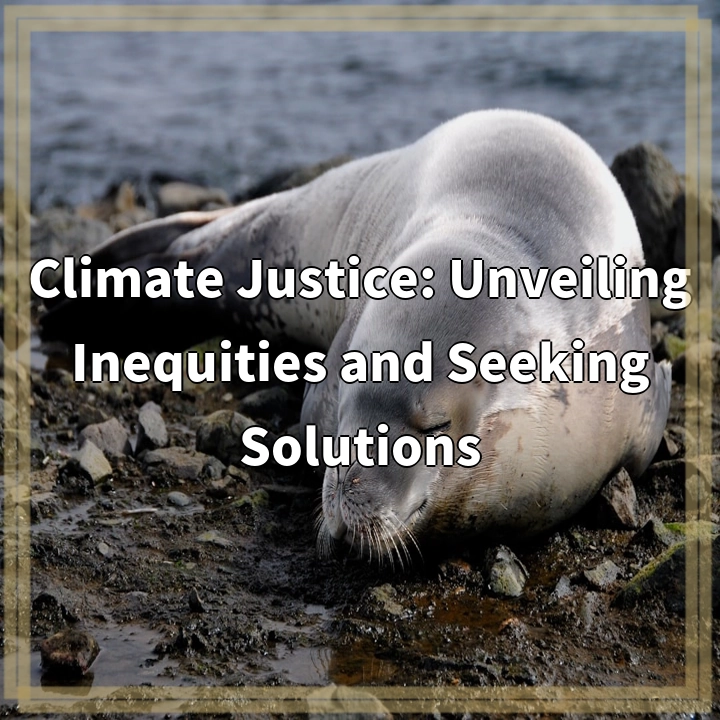
What is Urban Greening Projects?
Urban greening projects involve the intentional creation and integration of green spaces within urban areas to enhance livability and foster a closer connection between nature and urban communities. These projects aim to introduce more vegetation, such as trees, parks, gardens, and green roofs, into cities, counteracting the negative impacts of urbanization and promoting a healthier, more sustainable living environment.
Real-World Problems Associated with Urban Greening Projects
While urban greening projects offer numerous benefits, they also face some challenges and concerns that need to be addressed. Here are a few real-world problems associated with these projects:
1. Limited Space
One of the primary challenges of urban greening projects is the availability of space. In densely populated cities, finding suitable areas for creating green spaces can be a daunting task. Land scarcity often leads to competition for space between infrastructure development and urban greening initiatives.
2. Maintenance and Management
Maintaining and managing green spaces in urban areas can be a significant challenge. Adequate resources, including financial support and skilled personnel, are required for regular maintenance, including watering, pruning, and pest control. Without proper upkeep, green spaces may become neglected and fail to provide their intended benefits.
3. Socioeconomic Inequalities
Urban greening projects have the potential to exacerbate existing socioeconomic inequalities. In some cases, greening initiatives may primarily benefit wealthier neighborhoods that have the resources to initiate and maintain these projects. This can result in unequal distribution of the health, social, and economic benefits associated with urban green spaces, leaving disadvantaged communities underserved.
4. Climate Change Adaptation
With climate change, urban areas are experiencing more frequent and intense heatwaves, flooding, and other extreme weather events. Urban greening projects can help mitigate these impacts by providing shade, reducing the urban heat island effect, and improving stormwater management. However, designing and implementing green infrastructure that effectively addresses climate change adaptation requires careful planning and expertise.
5. Public Engagement and Awareness
Urban greening projects often rely on community support and involvement. However, fostering public engagement and increasing awareness about the importance of urban green spaces can pose a challenge. Educating residents about the benefits of urban greening and encouraging their participation can help overcome this obstacle and ensure the long-term success of such projects.

Solutions for Urban Greening Projects
To address the challenges associated with urban greening projects, several solutions can be implemented. These strategies aim to optimize the effectiveness and inclusivity of these projects, ensuring that they benefit all members of urban communities.
1. Innovative Design Approaches
In response to limited space, innovative design approaches can be employed to maximize the use of available land. This includes incorporating green infrastructure into existing urban structures, such as vertical gardens on building facades or rooftop gardens. Additionally, utilizing vacant lots or underutilized spaces for community gardens and pocket parks can help create more green spaces in densely populated areas.
2. Collaborative Governance and Partnerships
Effective maintenance and management of green spaces require collaborative governance and partnerships between local government, community organizations, and private entities. By working together, resources can be pooled, ensuring ongoing maintenance, training programs for community involvement, and long-term sustainability of urban greening projects.
3. Equitable Access and Participation
To address socioeconomic inequalities, it is essential to prioritize equitable access and participation in urban greening initiatives. This can be achieved through targeted efforts to engage marginalized communities, including their input in decision-making processes and providing resources and support for their active involvement in project implementation and maintenance.
4. Climate-Resilient Design
Considering climate change is crucial in the planning and implementation of urban greening projects. Designing green spaces that are resilient to extreme weather events, such as using native plants that are adapted to local conditions, creating green infrastructure that helps manage stormwater runoff, and incorporating shading elements to reduce heat stress, will enhance the adaptive capacity and effectiveness of these projects in the face of a changing climate.
5. Education and Awareness Campaigns
Promoting public engagement and raising awareness about the benefits of urban green spaces can be achieved through educational campaigns. These campaigns can include workshops, community events, and educational materials to educate residents on the importance of urban greening. Encouraging community involvement and offering educational programs will help foster a sense of ownership and pride among residents, ensuring the long-term success and sustainability of urban greening projects.















